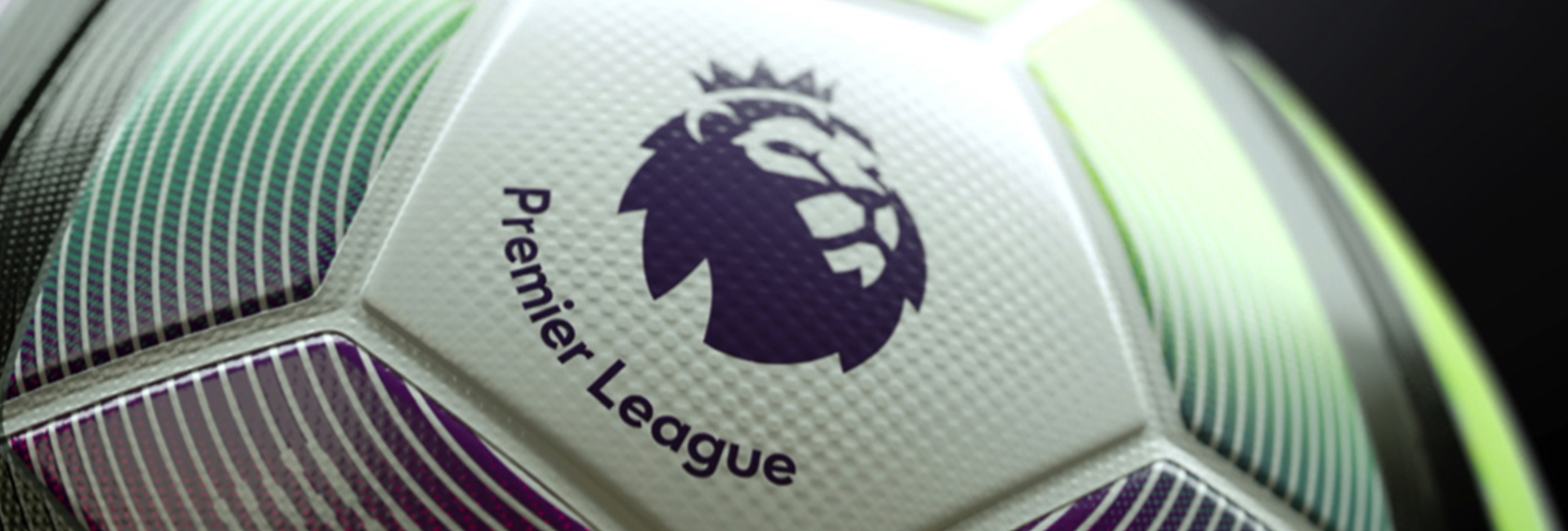Football is the world’s most popular sport and enjoyed by people of all different ages, backgrounds, religions and nationalities. And, this is why the sport has become such a hub and hotspot of marketing and design, as clubs compete over not just on-field glory, but off-field fiscal success also.
Apart from the geographical locations and players, one area that sets different clubs apart is their design, branding and marketing. Whether it’s through product sponsorship and endorsements, design collaborations or fresh social media content, the marketing department of Premier League clubs are always working on new projects to try and stay ahead of the game, if you’ll excuse the pun.
Changing how a company or a brand’s logo looks is very tricky and needs to be handled delicately, especially if it is a symbol that prompts mass recognition. That is heightened in football’s case, as the loyalty and love fans have for their clubs creates a real emotional attachment.
This means that any changes need to be subtle, tasteful and well thought out by everyone involved, as a misstep can cause a backlash, as Everton FC found out following a high-profile revolt against their proposed new logo back in 2013. So, the stakes are high from an emotional point of view, but also from a financial sense, with Manchester United’s ‘brand value’ being rated at over $1.1 billion by Statista.
When done well, design, branding and the beautiful game can come together spectacularly, as fans the world over will pay out for their favourite kit designs, or the latest model of Adidas or Nike football boots for instance.
In terms of social media, football is in a realm of its own, with millions upon millions of fans all over the world wanting to get a glimpse into the inner workings and behind the scenes moments of their team and favourite players. With clubs feeding the beast with digital campaigns and a constant stream of content, they only seem to grow their channels.
However, these accounts have a much higher level of gaffes and errors than you’d expect from organisations of such a size. This is because to try and maximise their content they have to be reactionary and often get content out during or shortly after matches, when a lot of their fans/customers are browsing the social channels.
There is a whole world of marketing and design material being put out by elite football clubs, and just how this relationship between business, sport and design continues to evolve in the coming years will be fascinating.
